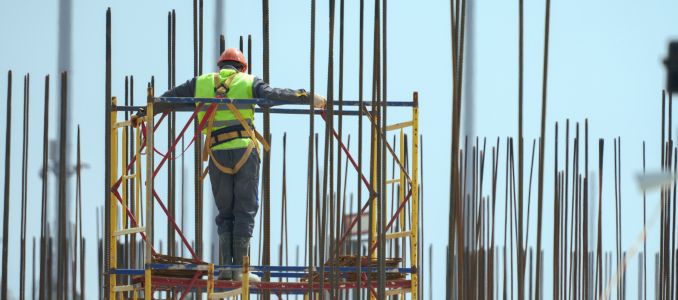
Learn how EHS managers can proactively ensure safety and compliance during facility construction, from contractor selection to legal risk mitigation and OSHA alignment.

Wildlife hazards in the workplace are rare but real. Planning and training can make all the difference.

Managing noise at work protects hearing, boosts productivity, and ensures compliance.

Good safety systems help spot problems early and keep workers safe.

Sudden cardiac arrest can strike anyone, anywhere. Here’s what your organization needs to know about AEDs and how fast action can save lives.

OSHA’s new construction PPE rule reflects a changing workforce.
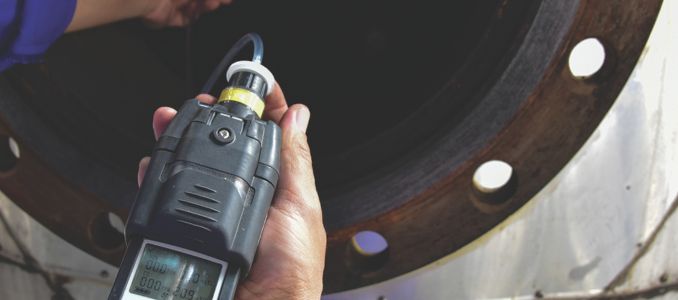
Air quality in confined spaces can change in an instant—and assumptions can be costly. Here’s why continuous monitoring and critical thinking must guide every entry.

Timely access to eyewash stations can make all the difference in preventing eye injuries in hazardous work environments. How can safety managers keep them accessible, and ensure compliance for faster, more effective emergency response?
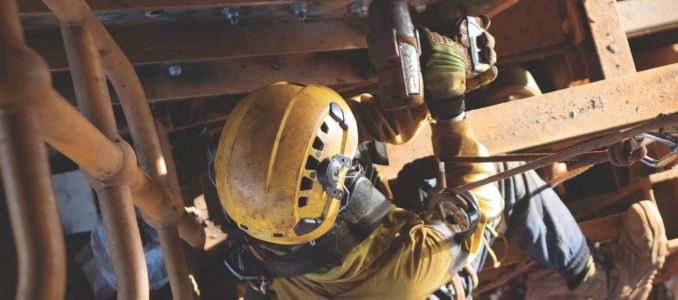
OSHA sets the baseline for fall protection—but is that really enough? As fall-related fatalities continue to rise, safety leaders must rethink their approach, with or without regulatory oversight.

Simply collecting safety data isn’t enough—workers must be able to easily find, understand, and act on it to stay safe.

A basic review of the anatomy, physiology and personal protective equipment related to the respiratory system.
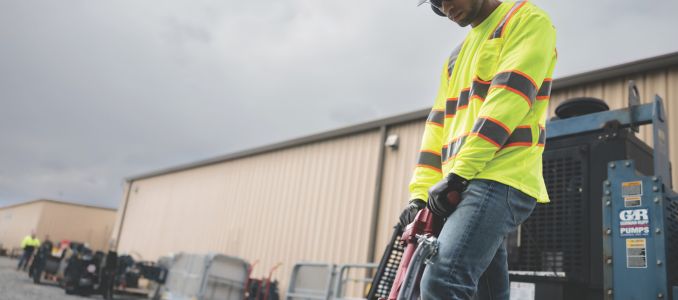
Your solution to extremely loud work environments.
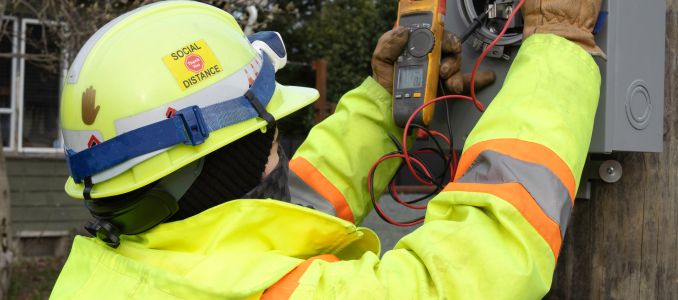
Understanding the PPE focus in OSHA’s arc flash guidance.
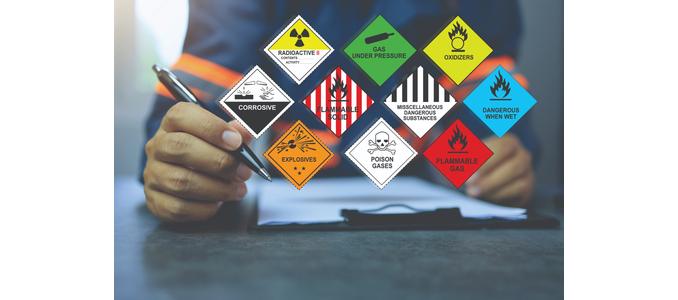
Are your employees exposed to hazardous chemicals? They might need HazCom training!

Get to know the updated ANSI/ISEA 105 hand protection standard.

There are three questions you must ask before implementing AI into your safety program.

Fall protection begins at the top with cognitive awareness and innovative PPE.